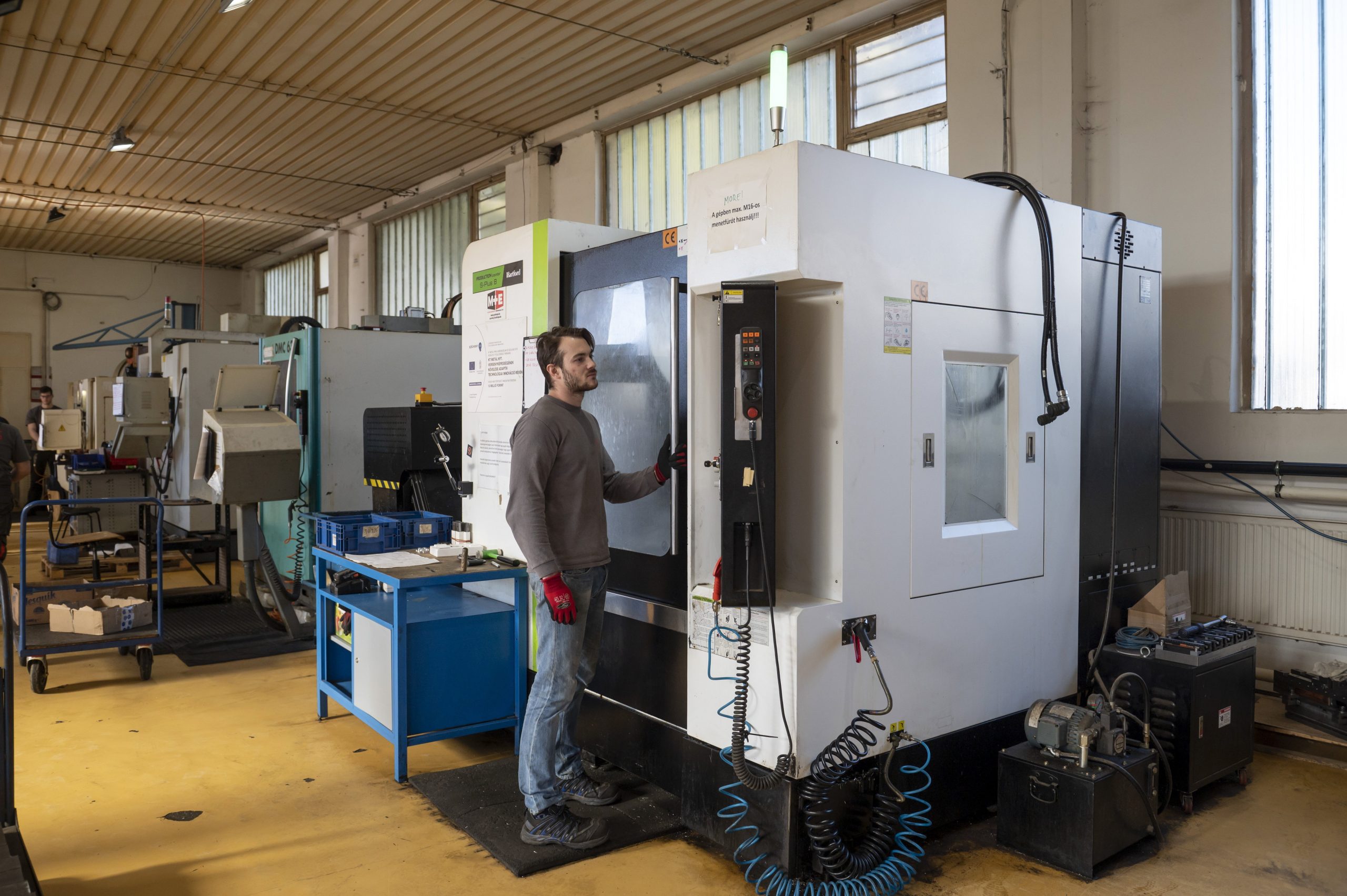
Last month 40.3 percent of job seekers did not receive any financial support.Continue reading

Hungary’s jobless rate was 3.8 percent in February, down from 4.2 percent in January and 4.5 percent in the same month a year earlier, the Central Statistical Office (KSH) said on Friday.
The rate covers unemployment among people between the ages of 15 and 74.
There were 185,200 unemployed, 16,100 fewer than a month earlier and 27,900 fewer than in February 2021.
The rolling three-month average jobless rate was also 3.8 percent period up to February, unchanged from the previous period.
The employment rate for the 15-74 age group was 63.6 percent in February, up from 63.3 percent in January and 61.7 percent twelve months earlier.
In absolute terms, there were 4,667,800 employed in February, 23,800 more than in January and 117,600 more than twelve months earlier.
The number of economically active people in the age group stood at 4,853,000, a rate of 66.1 percent.
Sándor Bodó, state secretary for employment policy at the Ministry of Innovation and Technology, said the government had met its pledge to add 1 million people to the labour market since the 2010 change of government. He said the number of employees, at 4.7 million, appeared to have stabilised.
Speaking to public current affairs channel M1, Bodo referred to the fresh data, saying the addition of 100,000 people to the labour market was “encouraging”. The February data, he added, suggested that the Hungarian labour market was recovering from the mid-crisis situation a year ago connected with the pandemic.
András Horváth, an analyst at Takarékbank, told MTI that the employment rate was at its peak, and the labour market was back to pre-pandemic levels. Job creation capacity is still strong, he added, while demand for labour remains high. The jobless rate is likely to average 3.2 percent this year, he said.
Péter Virovácz of ING Bank said the situation on the labour market was good for economic growth, though the economy would be impacted by the war, and household confidence and curbs in consumption could prove more decisive than labour market fluctuations.
Most economic players, however, expect temporary disruptions, and longer-term workforce plans are unlikely to be markedly affected, he said, adding that the labour market was likely to remain tight, driving wages and inflation upwards this year.
Featured photo illustration by Péter Komka/MTI